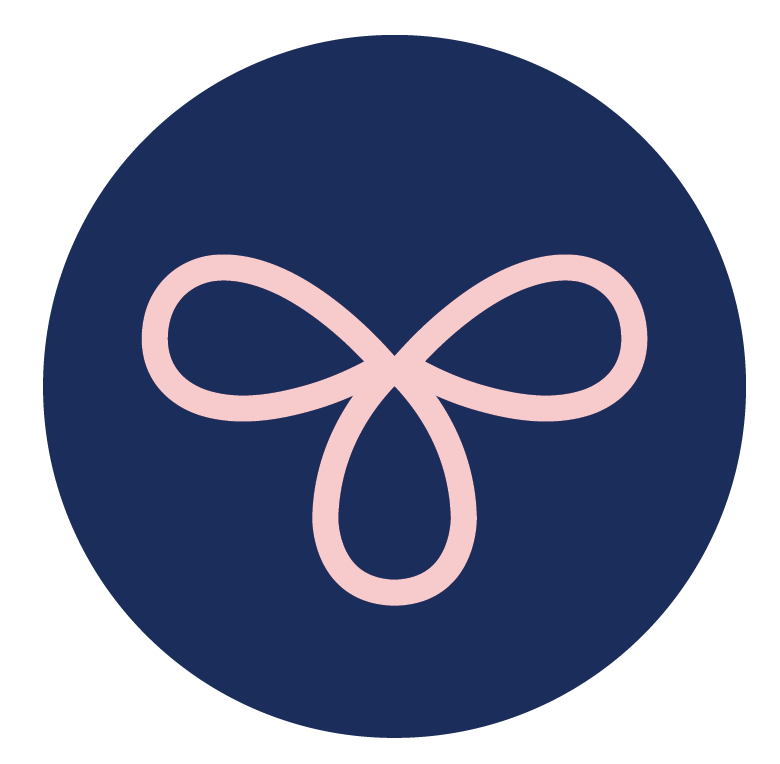Internship with QENDO
What placement was like with QENDO!
Hello! We are Matilda and Jelliane, and we have just completed our first placement with QENDO!
At the beginning, we were both anxious and excited to be offered a placement with QENDO. Though we both have a strong interest in women’s health, we also have limited experience in this field.
Throughout our university degree (Bachelor of Health Science, UQ), lectures and assessment pieces would be focused on currently recognised public health priorities such as cardiovascular diseases and mental health. Endometriosis was a health issue that was rarely discussed, if not, never mentioned at all in our academic setting. We found ourselves quickly stuck into research to understand and empathise with this condition. Thus, our placement journey began.
Our initial task was to conduct research on the prevalence, symptoms, and treatment of endometriosis, to better understand how it effects people every day. We found the significant delay between symptom onset (usually in teenage years), and a positive diagnosis to contribute to the under-representation of incidence rates. This, coupled with a lack of awareness, and inconsistent methods of diagnosis, resulting significantly high rates of misdiagnosis. Though endometriosis affects 7% of women, there may be many more people who have endometriosis without knowing. To add, the current estimated cost of endometriosis was expected to be 9.4 billion dollars, inclusive of medical fees and productivity losses. Given the expected under diagnoses, this number is also expected to be an under-representation. More importantly, the challenges and burdens that women face during times when they did not know they had endometriosis was the most educating.
Jelliane and I wanted to develop a project that contributes to QENDOs mission of spreading awareness in the community. Initially, we thought a school-based program might be an option, to target young people when the symptoms first present. But given the resources, time and further research, we came up with the idea of creating posters, to raise awareness and education around both endometriosis and QENDO. Together, we created one poster that aimed to explain the symptoms and prevalence of endometriosis, and another, that explains QENDO and where people can go to get support. Multiple community facilities were contacted such as libraries, local secondary schools, cafes, universities, workplaces, and shopping centres to gain approval for hanging our posters in female bathrooms. Overall, we managed to successfully place posters in over 20 locations across Brisbane.
We would like to thank our supervisor Ash and QENDO for allowing us to participate in their projects and their support throughout the semester. Our experience has been rewarding and insightful and a new learning experience which has allowed us to gain practical skills in Queensland’s health sector. It has been such a supportive environment for our first placement experience. Further, it has helped us realise the extent of the effects of endometriosis, the complexity in improving its diagnosis, symptoms and treatment, and the continued effort we all need to contribute to make a positive difference. Many of our current skills were challenged, especially whilst networking for poster approval. We hope that this encourages future students to take on placement at QENDO, and to gain knowledge and awareness on endometriosis.

